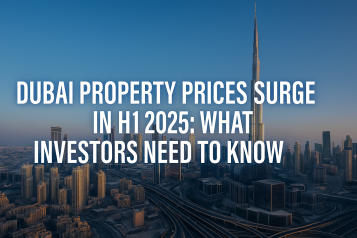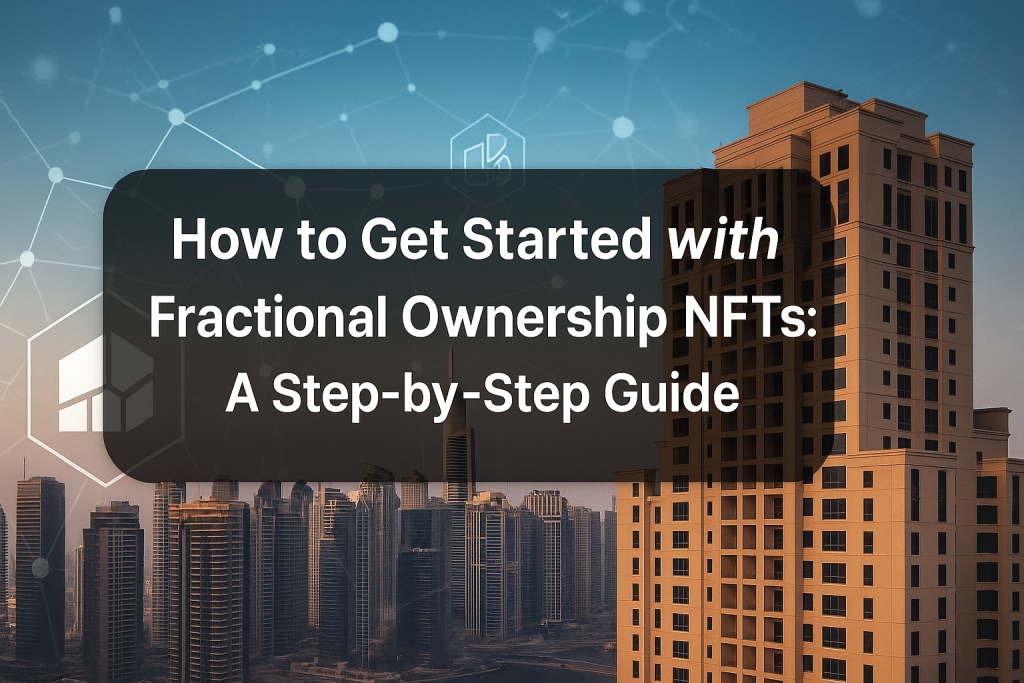

In the evolving landscape of finance and investment, the term “Real-World Assets” (RWAs) has gained prominence. To fully understand its significance, it’s essential to delve into what RWAs are, their role in financial systems, and their implications for investors and the economy. It is essential for you as an investor, to fully understand what RWA is and how it impacts the financial systems in general and the real estate sector in particular.

What Are Real-World Assets?
Real-World Assets (RWAs) are tangible and intangible assets that exist in the real world. They encompass physical assets such as real estate and commodities as well as intangible assets like intellectual property and patents. Essentially, RWAs are any assets that have intrinsic value and can be utilized or monetized in the real world.
Categories of RWAs
-
Physical Assets
These include real estate, machinery, equipment, and natural resources like oil and minerals. They are typically valued based on their utility, demand, and the cost of acquisition or production.
-
Financial Assets
Traditional financial assets like bonds and securities tied to real-world values can also be considered as RWA. Like mentioned earlier in this article, all assets that are associated with a value in the real world are considered RWA.
-
Intangible Assets
Intellectual property, such as patents, trademarks, and copyrights, fall under Real-World assets. They represent rights or claims that have value, often derived from innovation and creativity.
The Role of RWAs in Financial Systems
RWAs play a crucial role in both traditional and emerging financial systems. Here’s how:
-
Collateral for Loans
RWAs like real estate properties can be used as collateral in lending. A real estate property or a piece of land can be pledged as security for a mortgage loan. This use of RWAs helps lenders manage risk and facilitates borrowing.
-
Investment Vehicles
RWAs could generate return, so investors are always in search of valuable RWA to invest in. Real estate properties, commodities trading, and infrastructure projects are traditional RWAs that investors have interest to invest in such assets. In recent years, securitization and financial products have also linked RWAs to investment portfolios.
RWAs in Blockchain era
 In the digital age, RWAs are experiencing transformations through technological advancements and new financial innovations:
In the digital age, RWAs are experiencing transformations through technological advancements and new financial innovations:
-
Tokenization
The concept of tokenization involves representing RWAs as digital tokens on a blockchain. This process enables fractional ownership and easier transfer of assets. For example, a tokenized real estate property , enables investors to purchase fractions of the property rather than needing a big amount of money to invest in the whole asset. Tokenizing real estate properties are rising in popularity recently.
-
Blockchain and Smart Contracts
Blockchain technology and smart contracts enhance the efficiency and transparency of transactions involving RWAs. Smart contracts can automate the execution of agreements related to RWAs, reducing administrative costs and the risk of fraud. Smart contracts are basically computer programs work in a blockchain to administer all transactions without human interference.
-
Decentralized Finance (DeFi)
DeFi platforms are increasingly incorporating RWAs into their ecosystems. These platforms use decentralized networks to offer financial services such as lending and trading, where RWAs can be collateralized or traded. Real World Asset along with DeFi platforms are making tremendous changes to the financial markets..
How RWA Tokenization is Revolutionizing the Real Estate Market
1- Improves liquidity
Blockchain networks are accessible across the globe and open 24/365. Investors from all around the world are capable of trading tokens within the blockchain network with no border or limitation.
2- Brings more transparency
All data and information about a tokenized asset, including history of ownership, transactions, smart contracts, etc. are available across the blockchain to users. The blockchain network is quite transparent, so are all transactions.
3- Opens Doors to Small Scale Investors
Asset tokenization is a great tool for small scale investors who desire to invest in valuable assets. With converting a valuable artwork or a piece of diamond to multiple tokens, more investors are able to buy a fraction of such an asset. That would be the same for the real estate sector and how blockchain makes the real estate market more efficient.
The Future of RWAs
The future of RWAs is likely to be shaped by ongoing technological advancements and financial innovations. The growing adoption of blockchain technology and the rise of DeFi suggest a shift towards more integrated and accessible financial systems where RWAs can be more fluidly managed and traded. Their ability to bridge the gap between the physical and digital worlds will continue to evolve, presenting both opportunities and challenges for investors, regulators, and financial institutions.
Bottomline
Understanding Real-World Assets (RWAs) is vital for navigating today’s financial landscape. By encompassing both tangible and intangible assets, RWAs offer intrinsic value that plays a significant role in investment strategies. As technology advances and financial systems evolve, RWAs will likely undergo transformations that enhance their integration into digital platforms while also posing new risks and challenges.










